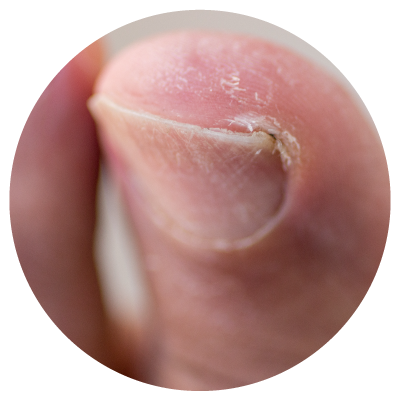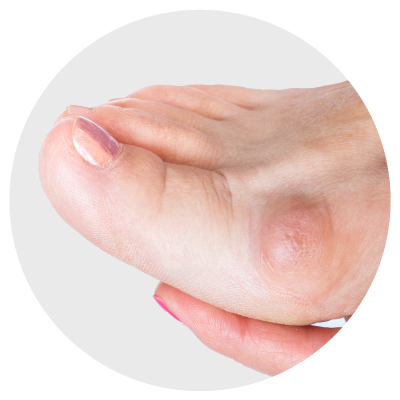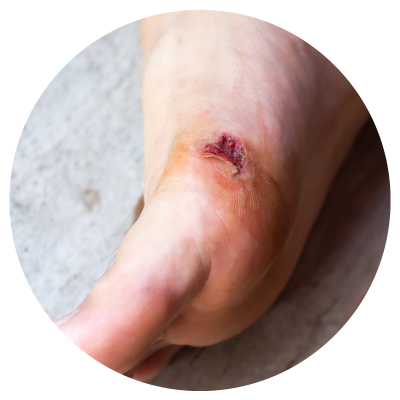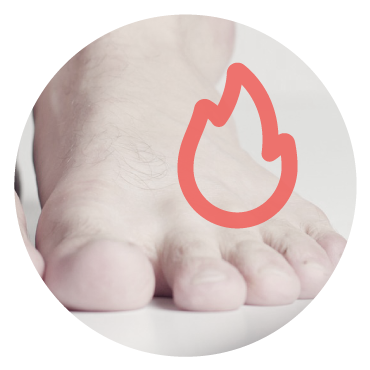
ONLY THE BEST CARE.
SOME OF WHAT WE CAN HELP YOU WITH:

While some ingrown toenails are caused by genetics and are hereditary, most of the time you can keep from getting them by properly trimming the nail, wearing shoes that fit properly, and avoiding aggressive pedicures.
If you do have ingrown toenails, there’s hope! Our permanent removal procedure has a less than 1% recurrence rate and we can usually see you the same day you call. We look forward to helping you!
Bunions can be painful and unsightly, but despite how long you’ve had one, there is relief. A bunion causes the bones leading to your big toe to bulge, making your foot misshapen, but Summit Foot and Ankle can help!
Bunions usually come from three causes: genetics, shoes that don’t fit properly, and/or traumatic arthritis.
If you do have a bunion, we can help! Our physicians offer dozens of treatments to either surgically or non-surgically repair the foot. You don’t have to live with it! We look forward to hearing from you.


As we know, Diabetes messes with the body in a lot of ways, but especially when it comes to feet. It’s imperative that when a diabetic has a wound on their feet to have that wound treated and take steps to keep it from happening again.
It’s a simple matter to keep feet healthy. Check your feet every day for redness or swelling. Keep your feet clean, and clean them daily with lukewarm water and soap. Be cautious about caring for your nails and if you have any trouble doing it yourself, seek help.
If you have Diabetes, Summit Foot and Ankle has doctors, technicians and other staff that can help your feet stay in prime condition so you can live life fully.
Peripheral neuropathy, a result of damage to the nerves, often causes weakness, numbness and pain, usually in the hands and feet.
While the most common cause of Peripheral Neuropathy is Diabetes, other causes can include, traumatic injuries, infections, metabolic problems, inherited causes and exposure to toxins. Peripheral neuropathy is generally described as feelings of, burning, numbness or tingling.
At Summit Foot and Ankle we have a number of treatments we are excited about. Many of these treatments are covered by your insurance.


Foot ulcers are a common complication of diabetes that is not being managed through methods such as diet, exercise, and insulin treatment. Ulcers are formed as a result of skin tissue breaking down and exposing the layers underneath.
They’re most common under your big toes and the balls of your feet, and they can affect your feet down to the bones.
All people with diabetes can develop foot ulcers, but good foot care can help prevent them. Treatment for diabetic foot ulcers varies depending on their causes.
Discuss any foot concerns with your doctor to ensure it’s not a serious problem, as infected ulcers can result in amputation if neglected.
